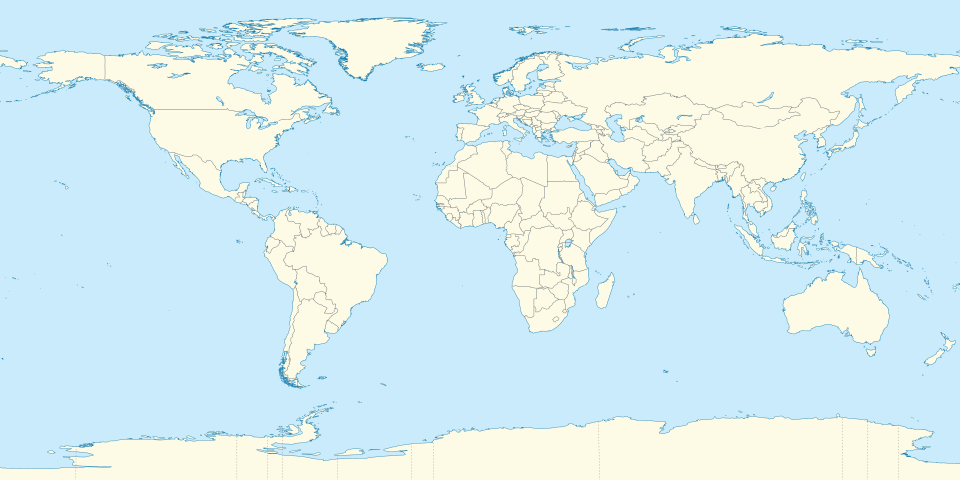| The Mole | |
|---|---|
 | |
| Genre | Reality game show |
| Presented by | Glenn Hugill |
| Country of origin | United Kingdom |
| Original language | English |
| No. of series | 2 |
| No. of episodes | 18 |
| Production | |
| Running time | 60 minutes (inc. adverts) |
| Production company | Action Time |
| Original release | |
| Network | Channel 5 |
| Release | 12 January – 9 December 2001 |
| Related | |
| De Mol | |
The Mole is a British adventure reality game show based on the Belgian TV series The Mole , which has been addapted in other countries.
Contents
Following the premise of other versions of the The Mole format, the show features a group of contestants who must collaborate in a series of missions to win money for a Prize Fund, which serves as the game's grand prize. However, among the group of contestants is the titular "Mole" - a secret double agent hired by the producers to sabotage the money-making efforts of the group whose identity is unknown to the audience and the other players. The genuine contestants must find and follow the behaviour of The Mole during the game and the missions. The contestant who knows the least about The Mole, as determined by the results of a Quiz, is eliminated from the game. In the end, the player who knows the most about The Mole after participating in the Final Quiz is declared the winner and is awarded the Prize Fund.
The show aired on Channel 5 for two seasons in 2001 and was hosted by Glenn Hugill.
